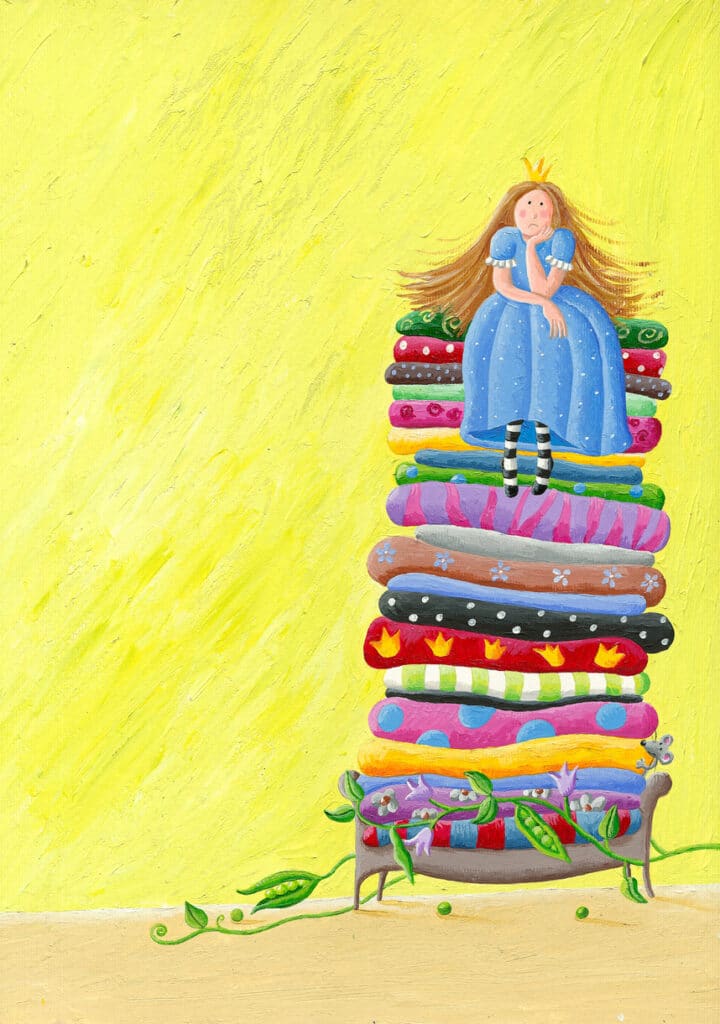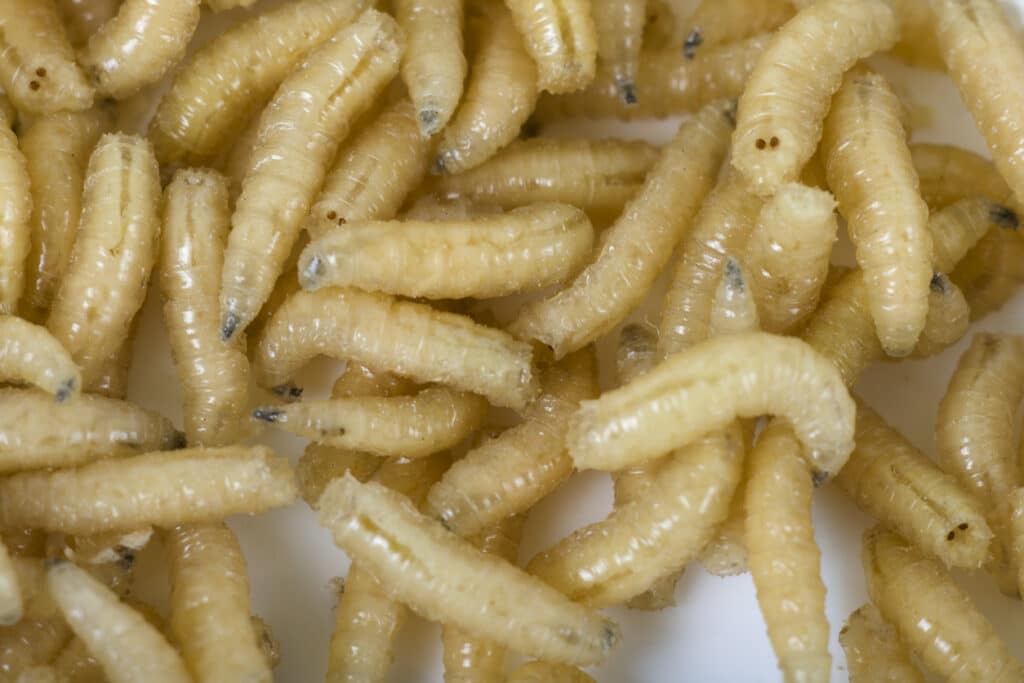Considering Long-Term Health in Your 20s
Kevin Correa
By the time teens with hemophilia transition into their 20s, ideally they’ve built a firm foundation on which to manage their disorder. Among many skills, young adults should be able to self-infuse and negotiate health insurance. But when you’re healthy and your hemophilia is under control, it’s easy to overlook general health maintenance beyond hemophilia.
It’s uncommon for 20-somethings to consider the long-term impact of their lifestyle choices. So what if I’ve gained a few pounds? I only smoke when I’m out with friends. I look so much better with a tan. But young adulthood is the time to develop the habits that will help maintain a healthy body in the decades ahead.

I’m Independent. Now What?
Perhaps more than any other time in our lives, the 20s are a decade of major transformation. Many young adults move out of their parents’ home. Others graduate from college. Even those who’ve diligently managed their hemophilia may be thrown for a loop by all the changes in their lives.
Your hemophilia treatment center (HTC) may no longer be in the same town or even the same time zone. And finding an HTC is just one of the myriad issues you’ll need to address: Where will I buy groceries? How long will my commute be? When will I find time to renew my driver’s license?
These changes may take priority, and if you’re feeling healthy, finding a local dentist or doctor doesn’t seem all that pressing. Plus, who has the time?
Not Enough Hours in the Day
Entering the 9-to-5 world for the first time is a big deal that can have a major impact on your health—and not just for those in Deadliest Catch-type occupations. For many, this is their first experience sitting behind a desk for several hours a day. A tangible and common consequence is weight gain. The Centers for Disease Control and Prevention (CDC) reports that an astounding 20% of Americans in their 20s are obese.* Not only is extra weight bad for your joints, but obesity is a contributing factor to several leading causes of death, including heart disease, stroke, and certain types of cancer.
The effects of “a few extra pounds” may not be immediately apparent, but that’s the point. In your 20s, you need to establish good habits to protect your body for the long run. This means adjusting what you’re eating while maintaining some form of routine exercise. Neither is easy to accomplish when you’re just starting life on your own.
“Sean,” a 25-year-old with hemophilia, took a new job recently and is slowly figuring out how to get all the pieces of his life to mesh. In college, Sean competed in triathlons, training 25 hours a week. “In school, you had the motivation of working out with your teammates,” says Sean. “And you had a relatively flexible schedule.” Now he’s struggling to find the hours to train for just a fraction of that time. And like many of his peers, Sean has let his diet suffer: “I know I need to get back to eating food that’s good for me, and not just what’s convenient.”
Living healthy in your 20s doesn’t necessarily require big time commitments. In some cases, you just have to make better choices: When you can, take the stairs instead of the elevator. Cut back on the amount of alcohol and caffeine you consume.
And if you’re among the 1 in every 5 Americans who smoke, quit now. According to the CDC, smoking causes more deaths in the US than alcohol, illegal drugs, and motor vehicle accidents combined.
Sure, you may not have all the time in the world, but your general health should sit atop your list of priorities.
Molehills Can Become Mountains
While you lived at home with your family, you probably had a stable network of medical resources. But once you’re on your own, you may need to rebuild that network by establishing a relationship with your new HTC, plus maintaining all facets of your health.
Dental health is one of the most neglected aspects of overall well-being. By the time you’re in your 20s, Mom or Dad probably don’t schedule your dentist appointments, which means that nobody does…until a minor toothache becomes something worse.
Sean tells a common tale. “I’ve been a bit derelict when it comes to the dentist. What probably wouldn’t have been a big deal had I stayed on top of it, ended with a root canal.”
Your primary care physician (PCP) can be your best ally. You’ll turn to your PCP when you can’t kick that cough you’ve had for three weeks or are worried about anything from a wart on your foot to your sexual health.
As Sean assembles the medical resources he needs near his new home, he sees the value in finding the right PCP. “You want someone you can go talk to about health concerns that aren’t hemophilia related,” he says. “Someone who knows you and your medical history and if necessary, who can point you to the right specialists.”
In addition to addressing your current health concerns, your PCP will review your family history with you, assessing your risk for ailments like heart disease, diabetes, and certain cancers. Armed with this information, together you can develop a plan to reduce some of the risks.
Why Do Today What I Can Put Off ’til Tomorrow?
Throughout your 20s, medical concerns may surface that have nothing to do with hemophilia, and everything to do with the natural aging process. You’ll begin to shed the cloak of invincibility you donned as a teen, and realize that you need to act with an eye to your future.
So manage your total health as attentively as you manage your hemophilia:
• Eat a healthy, balanced diet.
• Maintain your optimal body weight.
• Make exercise a priority.
• If you drink or smoke, reduce your alcohol consumption, and quit smoking!
• Schedule all the exams you’ve neglected for so long.
• If you don’t have a local dentist, eye doctor, or PCP, contact your HTC or insurance company. They can help you find one.
True, for now, you can ignore the incessant commercials for “old people” drugs like Lipitor. But let them serve as a reminder for the not-too-distant future. What’s Lipitor anyhow? It’s a drug that controls cholesterol. What’s cholesterol?
It’s one of many topics you and your doctor should start discussing.
* More recently, according to the CDC, 40% of US adults aged 20–39 were obese between 2017–2018. However, a 2021 Johns Hopkins study found that 56% of Americans aged 18–25 are overweight or obese.
Originally published in PEN 2.11 © 2011 LA Kelley Communications






